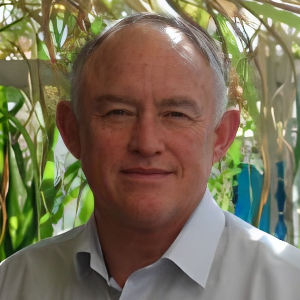Title : Insight into the supply and demand functions of the sugarcane culm
Abstract:
The C4 grasses such as sugarcane, sorghum, Napier grass and Miscanthus hold much promises as feedstock for bioenergy production due to their high biomass yields. Most of the harvestable biomass in these species is the culm which could represent up to 75% of the total aboveground mass. The process by which grasses produce, transport, and store carbohydrates underpins all aspects of yield traits. The rate of gain in yield potential for many of the grasses has been slowing despite the overall increase demand for more biomass. In sugarcane, despite significant research investment, progress to increase biomass and sucrose yield over the past three decades have been negligible. In fact, production costs and production statistics are reflecting decreased yields globally. In all cases, increased production is linked to expansion of production area rather than to increases in yield. In all the grasses there is a strong correlation between culm length, internode length and aboveground biomass. Internode elongation is controlled by, developmental and environmental factors such as temperature and water. Only the top internodes of the culm can elongate and increase in size. Biomass production in grasses is directly related to the physiology of sink–source dynamics and whole-plant carbohydrate partitioning. What constitutes sink strength, or the magnitude of the ‘demand function’, have been long standing arguments. However, it is widely accepted that it is the competitive ability of an organ to import photoassimilates and that this is the product of the sink size and sink activity.
Sugarcane represents a specific case where the supply of sucrose to the parenchyma cells in the culm occurs primarily through symplastic offloading. The data presented in this paper provide insight into the three most important components of the ‘demand’ function in the internode, namely, use of sucrose for biosynthesis (cell wall and other cellular constituents), respiration, maintenance of a favourable water potential gradient to ensure growth expansion, and carbohydrate accumulation. All these components can be viewed as specific competing ‘demand’ functions on the supply of sucrose to the internode. However, the data suggest that sucrose accumulation is a weak demand function and probably only reflects a cessation of sugar utilisation to support growth and maintenance. There are two important processes at play in controlling internode expansion. The duration of internode elongation is controlled by degree days with a base temperature of 16-18oC (DD16-18). Internode elongation stops after 150-180 (DD16-18) and is strongly linked to with secondary cell wall and lignin deposition. The rate of internode elongation is dependent on biotic (metabolite and enzyme activities) and abiotic factors such as temperature and water. Size of the internode is the primary determinant of the biosynthetic and respiratory demand function in the sugarcane culm. The data enables the interpretation of most of the published and experimental data on genetically modified sugarcane, growth experiments, carbon partitioning in the culm, and agronomic performance of the crop. It also highlights that achieving biomass yield gain and high sucrose content in sugarcane are opposing objectives.



